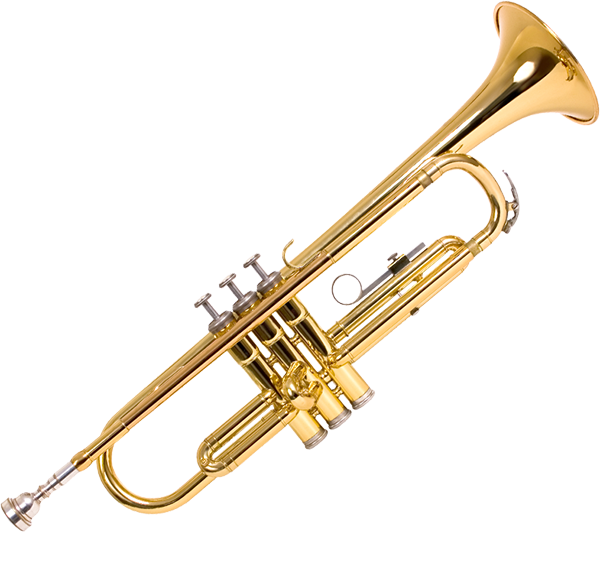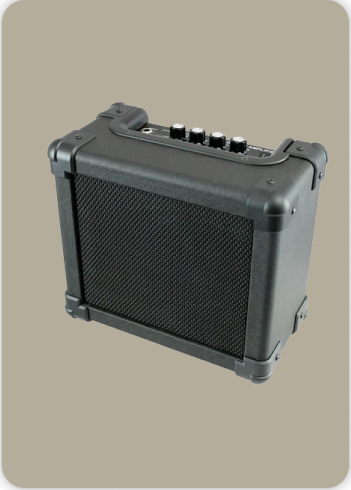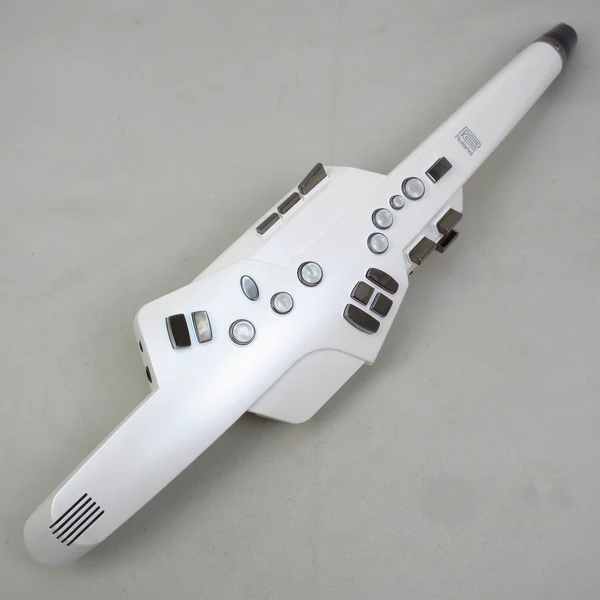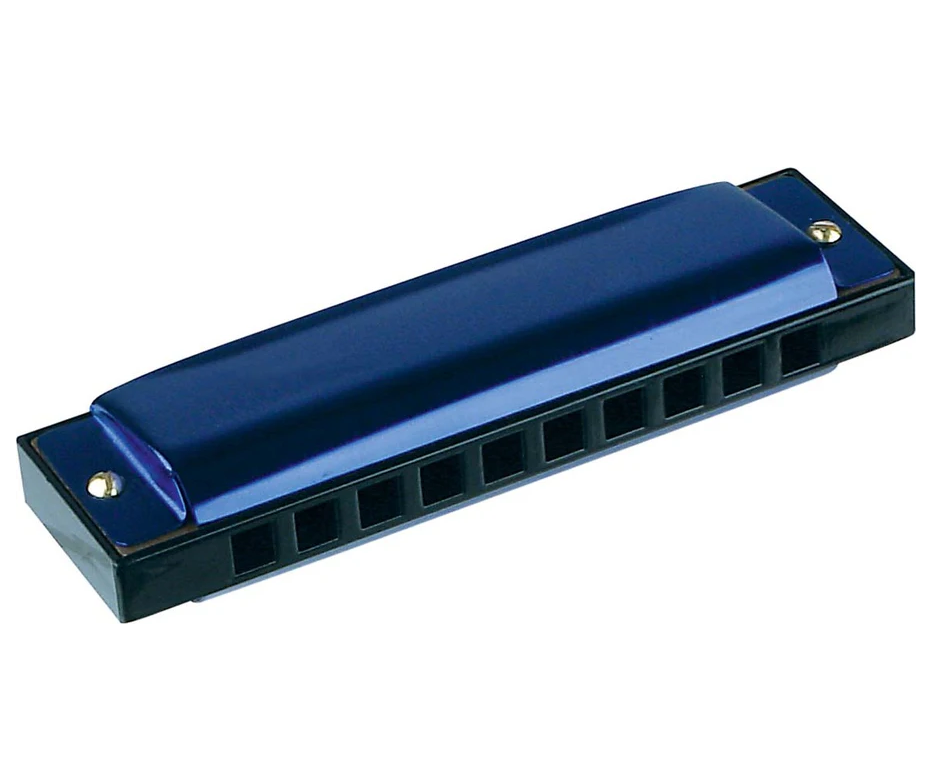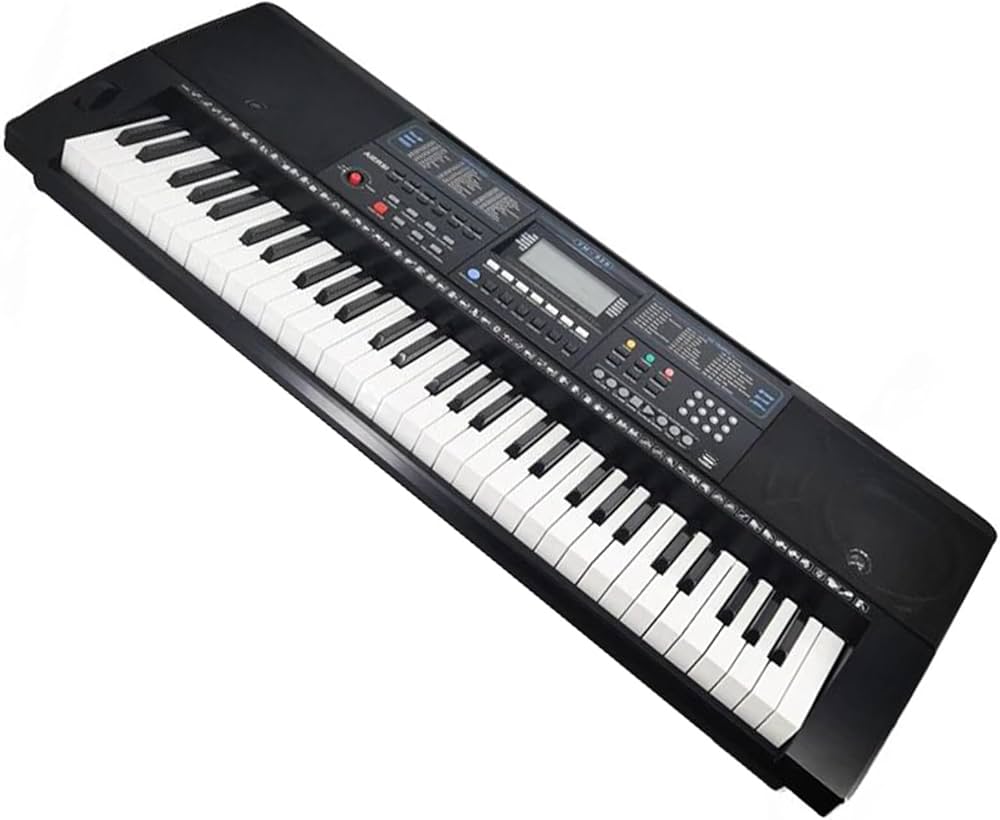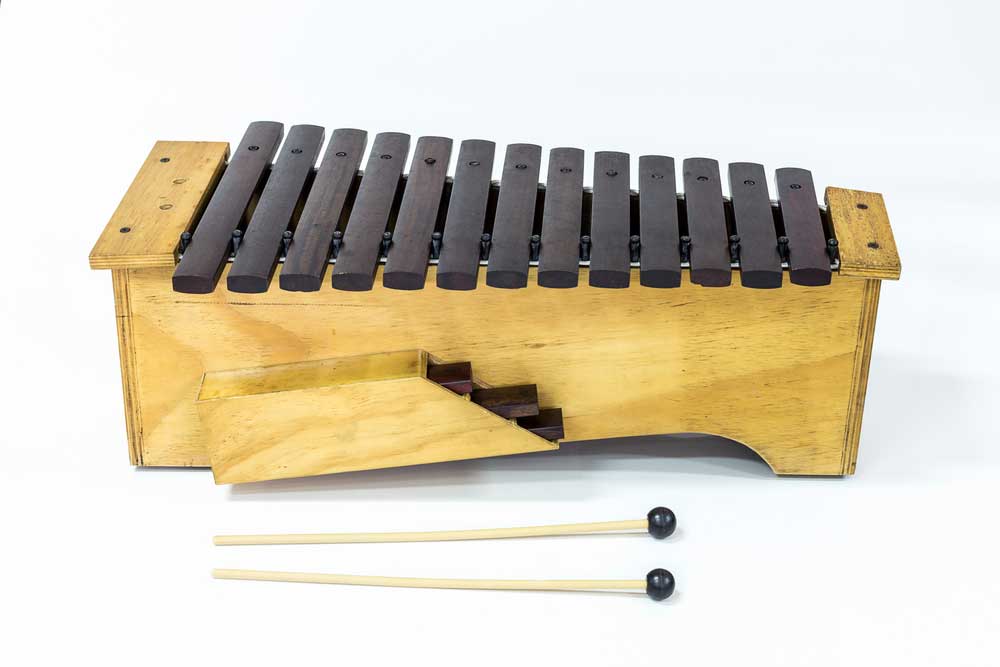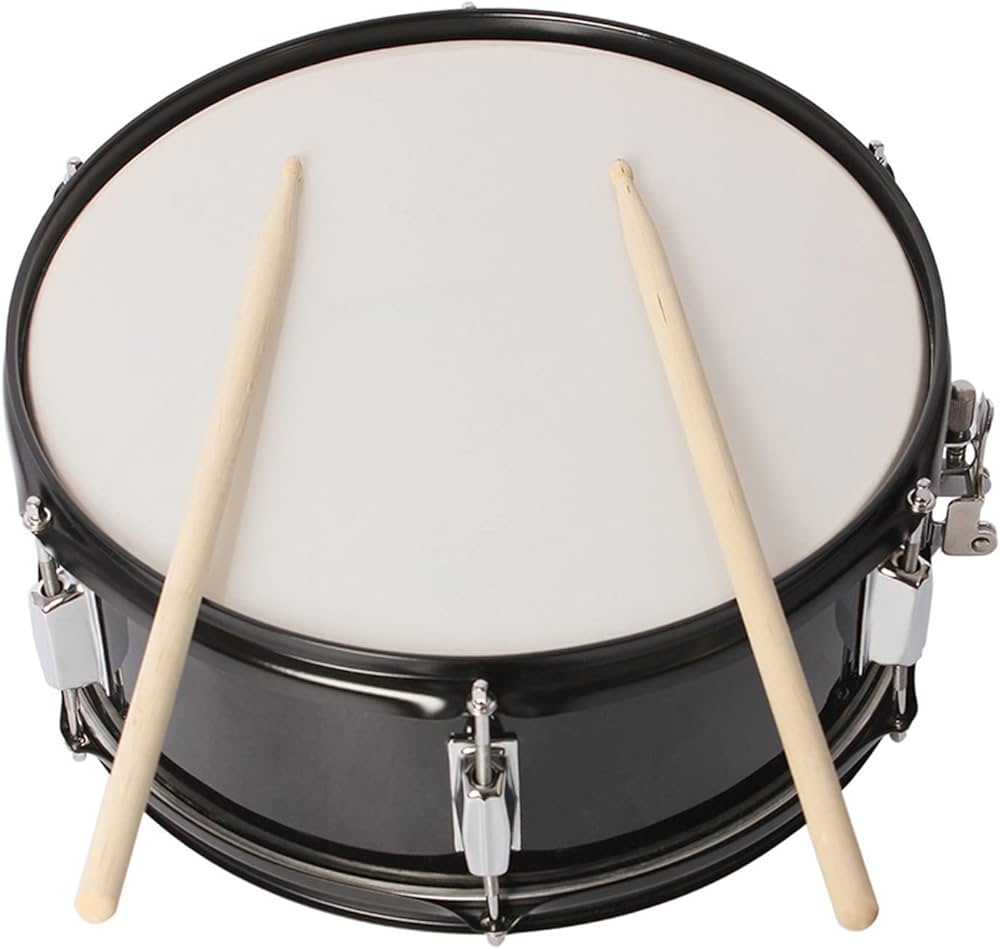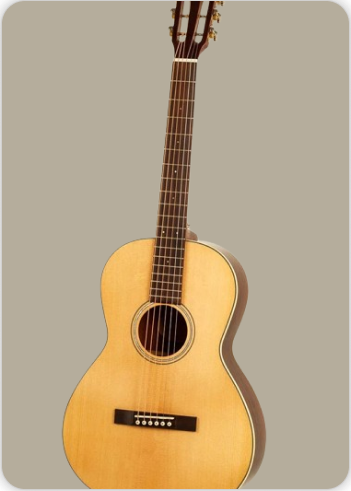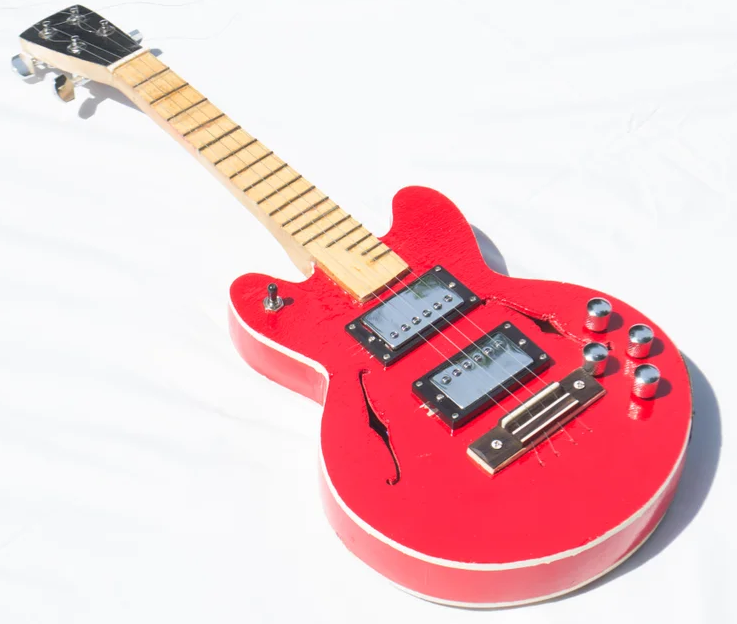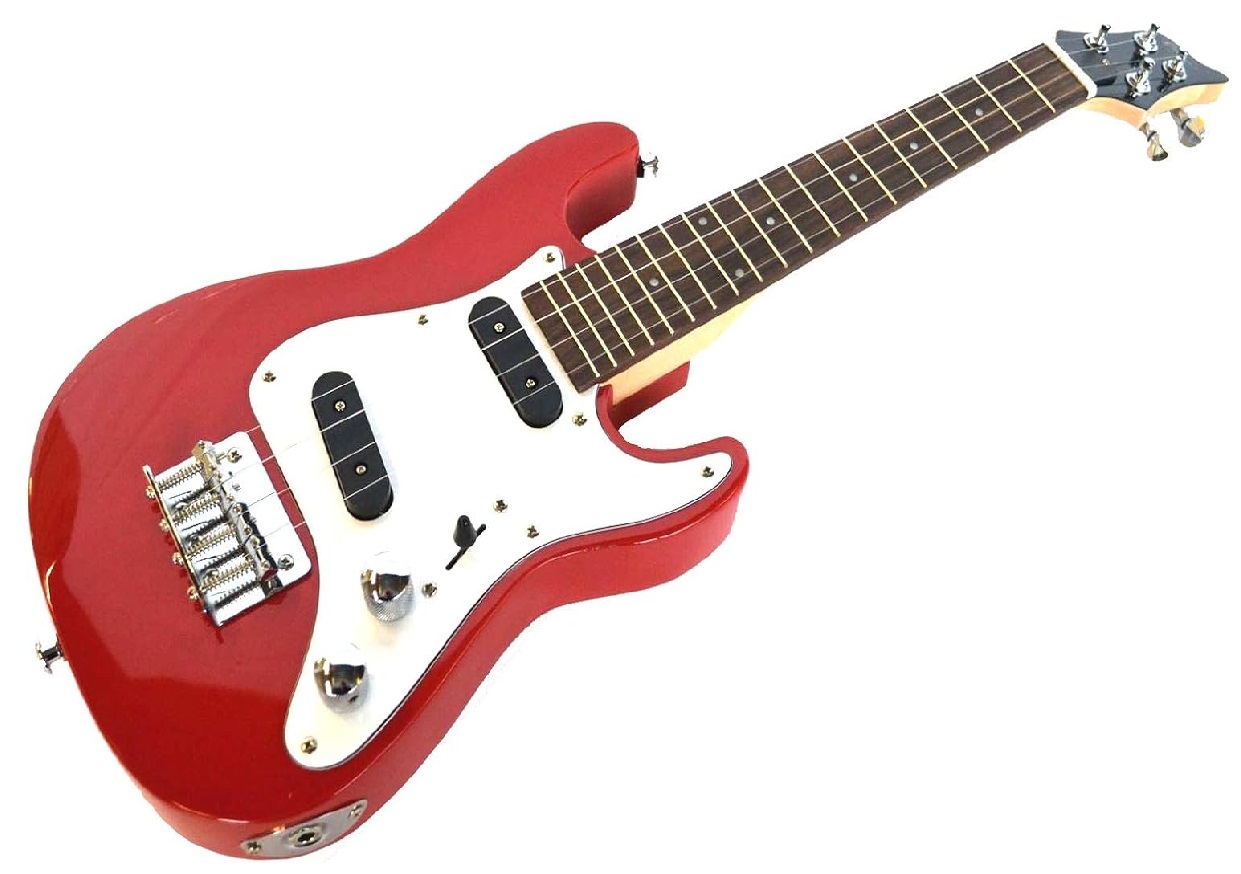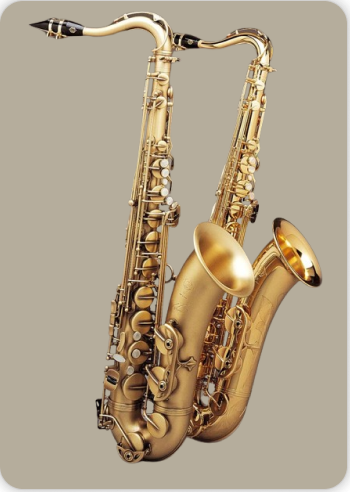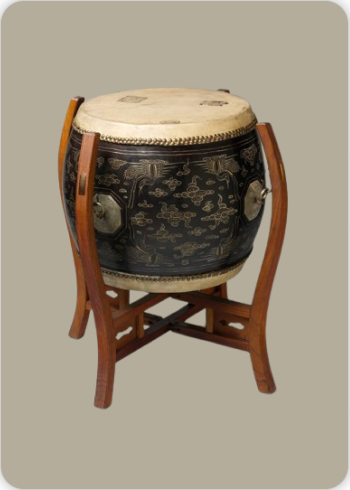Electric ukulele
Plucked Instruments
America
Between 1901 and present
Video
The electric ukulele is a modern adaptation of the traditional acoustic ukulele, designed to integrate with electronic amplification systems. While it retains the compact size and four-string configuration of its acoustic counterpart, the electric ukulele incorporates electronic pickups to convert string vibrations into electrical signals. These signals are then amplified to produce sound. Unlike traditional ukuleles, which rely on a resonating body for sound projection, electric ukuleles often feature solid bodies that minimize acoustic output, making them dependent on amplifiers for performance. This instrument is popular among musicians seeking to explore new tonal possibilities and integrate effects pedals or other electronic modifications into their music.
Type of Instrument
The electric ukulele belongs to the family of stringed instruments, specifically within the chordophone category. It is closely related to the guitar and bass guitar but is distinguished by its smaller size, typically four strings, and unique tuning (commonly G-C-E-A). The instrument can be further classified into subtypes based on its body design and pickup system: solid-body electric ukuleles and electro-acoustic ukuleles. Solid-body models are fully dependent on amplification, while electro-acoustic versions combine traditional acoustic resonance with electronic amplification capabilities.
Historical Background
The electric ukulele traces its origins to the early 20th century in Hawaii, where the acoustic ukulele was first developed as a derivative of Portuguese stringed instruments like the machete. By the mid-20th century, as electric guitars gained popularity in North America, efforts were made to electrify other stringed instruments, including the ukulele. The first electric ukuleles emerged in the mid-1900s, coinciding with advancements in pickup technology. These instruments gained traction among experimental musicians and later found a niche in genres like pop, jazz, and even rock.
The development of electric ukuleles was influenced by innovations in both North America and Europe during the 20th century. Manufacturers began producing solid-body models in response to the growing demand for amplified sound without feedback issues associated with hollow-body designs. Over time, these instruments evolved to include various pickup systems—piezoelectric and magnetic—and diverse body shapes and materials.
Construction and Design
Electric ukuleles are constructed using a variety of materials and designs tailored for amplified performance. The body can be made from solid wood (such as mahogany or maple), composite materials, or even metal in some cases. Unlike acoustic models, which rely on a hollow body for resonance, solid-body electric ukuleles are designed with minimal acoustic output to prevent feedback when amplified. The neck is typically crafted from hardwoods like mahogany or rosewood and features a fretboard with metal frets for precise note articulation. The strings can be nylon or steel, depending on the type of pickup system used—nylon strings are common with piezoelectric pickups, while steel strings are used with magnetic pickups. The electronics of an electric ukulele include pickups (piezoelectric or magnetic), volume and tone controls, and an output jack for connecting to amplifiers or effects pedals. Some models also feature built-in preamps for enhanced tonal control. Electro-acoustic models combine these electronic components with a resonating body, allowing them to be played acoustically or amplified.
Types of Electric Ukuleles
Electric ukuleles come in several types based on their design and functionality:
Solid-Body Electric Ukuleles: These have no resonating chamber and rely entirely on electronic amplification. They are ideal for live performances where feedback control is crucial.
Electro-Acoustic Ukuleles: These combine traditional acoustic resonance with built-in pickups for amplification. They can be played unplugged or connected to an amplifier.
Electric Lap Steel Ukuleles: A niche variation played horizontally using a slide bar rather than pressing strings against frets.
Custom Electric Ukuleles: Some luthiers create unique designs incorporating advanced electronics or unconventional materials.
Characteristics
Electric ukuleles offer several distinct characteristics that set them apart from their acoustic counterparts:
The primary feature is their ability to connect to amplifiers or sound systems via pickups. They allow musicians to use effects pedals and processors for diverse soundscapes. Solid-body designs eliminate feedback issues common in amplified hollow-body instruments. Despite their electronic components, they remain lightweight and compact. Compatibility with nylon or steel strings provides flexibility in tone production.
Playability: Electric models often feature slimmer necks and lower action for easier playability.
Electric ukuleles continue to evolve as manufacturers experiment with new technologies and designs, making them a versatile choice for musicians across genres.
Playing Techniques and Sound Modifications
The electric ukulele combines traditional ukulele playing techniques with modifications suited for its amplified nature. Techniques such as strumming, fingerpicking, and chord transitions remain foundational. Strumming on an electric ukulele often involves a lighter touch due to the steel strings, which differ from the nylon strings of acoustic models. Players can use picks or plectrums for precise control, allowing them to adapt their playing style to genres like rock or jazz. Advanced techniques include hammer-ons, pull-offs, slides, and tapping, which are borrowed from electric guitar playing. These techniques enable players to produce dynamic effects and emulate sounds like bending notes or creating harmonics. Palm muting adds a percussive quality, while alternate picking enhances speed and fluidity in melodic passages. Sound modifications are achieved through the use of amplifiers and effects pedals. Electric ukuleles can be connected to distortion pedals for a grittier sound or reverb units for atmospheric tones. Equalizers allow players to shape frequencies, emphasizing bass or treble as desired. These tools expand the instrument’s versatility, enabling it to fit seamlessly into various musical styles.
Applications in Music
The electric ukulele is used across diverse musical genres due to its adaptability and unique tonal qualities. It excels in live performances where amplification is necessary, making it suitable for rock bands, jazz ensembles, and experimental music settings. Its compact size and bright sound also make it ideal for solo performances and acoustic sets. Recording studios frequently employ electric ukuleles for layering tracks or adding distinctive textures to compositions. Their ability to connect directly to recording equipment simplifies the process of capturing clean audio without external noise interference6. Additionally, the instrument has found applications in therapeutic music programs due to its approachable design and cheerful sound.
In contemporary music, the electric ukulele is often featured in indie and pop genres, offering a fresh alternative to traditional guitars. Its versatility allows musicians to experiment with new sounds while maintaining the charm associated with the ukulele’s Hawaiian roots.
Most Influential Players
Several musicians have significantly contributed to the popularity and development of the ukulele, including its electric variant:
Israel Kamakawiwo’ole (“Iz”): Known for his soulful voice and iconic medley “Somewhere Over the Rainbow/What a Wonderful World,” Iz showcased the emotional depth of the ukulele in Hawaiian music.
Jake Shimabukuro: A virtuoso player famous for his technical prowess and genre-spanning performances. Shimabukuro’s innovative approach has inspired many electric ukulele players worldwide.
James Hill: Renowned for pioneering techniques such as mono strumming and integrating percussive elements into his playing style, Hill has expanded the instrument’s expressive capabilities.
These artists have not only elevated the status of the ukulele but also demonstrated its versatility across musical genres.
Maintenance and Care
Proper maintenance ensures the longevity and optimal performance of an electric ukulele. Regular cleaning is essential to prevent dirt buildup on strings and hardware. Players should use a soft cloth to wipe down the body after each use and periodically clean metal components with appropriate solutions. Storing the instrument in a case protects it from physical damage and environmental factors such as humidity changes. For electric models, safeguarding electronic components is crucial; this includes checking connections, pickups, and cables for wear or malfunction. Restringing should be done periodically based on usage intensity to maintain sound quality. Additionally, tuning stability can be preserved by ensuring that tuning pegs are properly tightened. For amplified play, maintaining amplifiers and effects pedals is equally important to avoid disruptions during performance.
Cultural Significance
The electric ukulele carries forward the rich cultural heritage of its acoustic predecessor while embracing modern innovations. The original ukulele evolved from Portuguese instruments brought to Hawaii in the late 19th century. It became synonymous with Hawaiian culture, symbolizing joy and community through music. Electric variants represent a fusion of tradition and technology, appealing to younger generations seeking contemporary sounds. They have contributed to expanding global appreciation for the ukulele beyond its Hawaiian roots. The instrument’s accessibility continues to break barriers in music education, making it a popular choice among beginners worldwide.
In addition to its musical impact, discussions about cultural appropriation highlight its significance as more artists incorporate it into diverse genres. Despite these debates, the electric ukulele remains a powerful tool for cultural exchange and innovation in modern music contexts
FAQ
What are the main features of an electric ukulele?
An electric ukulele features built-in pickups for amplification, often has a solid or semi-hollow body, and may include tone and volume controls. It offers a bright, amplified sound suitable for various music genres.
What materials are used in constructing an electric ukulele?
Electric ukuleles are commonly made from mahogany, maple, or basswood for the body, with rosewood or walnut fretboards. The pickups and electronics add to their distinctive sound.
What are the advantages of using an electric ukulele?
Electric ukuleles allow for greater volume control, effects processing, and stage performance versatility. They also produce a clear tone that cuts through live mixes.
 Links
Links
References
Other Instrument
Categories

